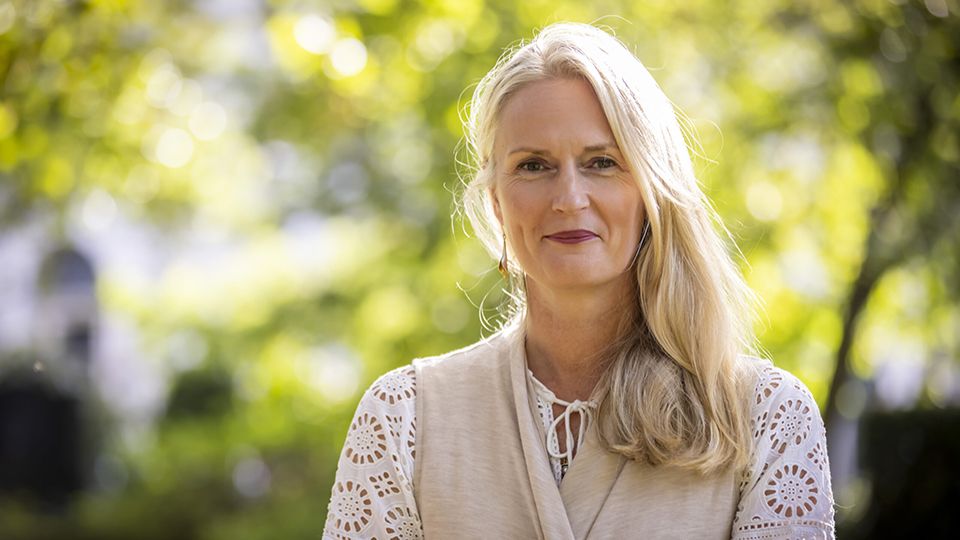In 2023, our ongoing relationship with higher inflation defined the economic landscape. Between September 2022 and March 2023, the UK faced seven months of double-digit inflation, which peaked at 11.1% in October 2022. Notably, food prices increased by 17.3% in June 2023, while housing and energy rose by 12%. The last time overall inflation rose comparably was in 1992, when inflation reached a peak of 8.4%.
Expectations about inflation swiftly changed in the past 12 months. The Office for National Statistics (ONS) suggested inflation in October 2022 was the highest in over 40 years. That said, by 2025, the Bank of England expects inflation to be down to 2%. This uncertainty has created challenging market conditions for businesses and investors alike.
See also: – Renewable energy: A weapon of mass disinflation?
What’s driving inflation?
Covid-19 and the war in Ukraine triggered price hikes and heightened inflation in recent years. In the UK, labour shortages post-pandemic and the EU Common Market departure further worsened inflation.
A Bloomberg survey from June 2023 revealed 90% of professional investors believed corporate greed was a key driver of inflation. US corporate profit margins increased from 11.3% in the first half of 2021, to 19.2% one year later. Inflation has steadily declined since, falling to 15.1% by the end of 2022, which is comparable to the time immediately following the global financial crisis.
Not all who increased profits caused inflation, but all who caused inflation increased profits
It’s crucial to recognise not all price increases are the same. Price increases in essential sectors — industries supporting food, shelter, and energy — are systemically significant in causing inflation. This means a few companies controlling vital resources (energy, power and food) can trigger nationwide inflation hikes by extracting excess profits, commonly known as corporate greed.
In the UK, in 2022, 90% of profit increases were limited to just 11% of publicly listed companies. Further examples of this include oil and gas companies, some of whom doubled their profits between 2021 and 2022. Some food companies saw profitability increase from £265m to £1.8bn between 2019 and 2022. Similar patterns were observed in energy companies, mining firms, and food and commodity giants after Russia’s invasion of Ukraine.
These companies represent firms that heavily influence conventional energy and food systems. The concern lies in these firms extracting excess profits, rather than reinvestment into sustainable solutions. As we focus on the transitions needed to better serve people and planet, alongside shareholders, equity and resilience must be the foundations and lens through which we evaluate investments.
Does a worsening climate influence inflation?
Extreme weather and rising energy prices have raised UK household food bills by an average of £605 since 2021. Record-breaking temperatures, droughts, floods and crop failures accounted for 60% of this increase. Climate change’s persistent and worsening effects on agricultural production, and therefore inflation, were evident in 2023.
Stability and certainty are keenly associated with a low inflation rate. The breakdown in climatic stability beyond 1.5⁰C of warming will increase crop failure and extreme weather events, leading to higher uncertainty and instability. The International Monetary Fund (IMF) found that weather events exacerbated by climate change, such as droughts and storms, contributed to higher inflation. This will have a stronger negative effect in developing countries, which are disproportionately impacted by the climate crisis.
Climate-linked inflationary effects have been observed in consistency of production and ability to trade. For example, droughts intensified under more dramatic warming scenarios, causing severe consequences. In 2022, Italy faced its worst drought in 70 years, resulting in a one-third reduction in rice production. Rice prices nearly doubled in the following 12 months. Drought conditions have also led the Panama Canal, one of two vital global trade routes, to restrict vessel traffic at the end of 2023. Ports in Panama, Nicaragua, Ecuador, Peru, El Salvador and Jamaica suffered the most from the restrictions, affecting up to 25% of their total maritime trade flows.
The war in Ukraine demonstrated how conflict can drive inflationary energy prices. As the production and trade of essential resources, such as food, become more unstable, conflict becomes more likely. The climate crisis is forecasted to have a strong relationship with increasing levels of conflict.
The role of investors
Preventing worst-case climate change scenarios while funding climate adaptation can serve as a hedge against inflation. Investing in societal stability and considering corporate governance’s role in mitigating predatory price increases can inform inflationary hedging. Combining these efforts with monetary policy is crucial in preventing runaway inflation.
With that in mind, as investors, we need to:
- Discourage short-term profiteering to enhance long-term stability through active ownership; and
- Invest in resilience, particularly in the renewable energy transition, to mitigate climate and inflation risks.
The lessons are clear, and the evidence is stark: investing in our future is a critical pathway to help hedge against inflation.








